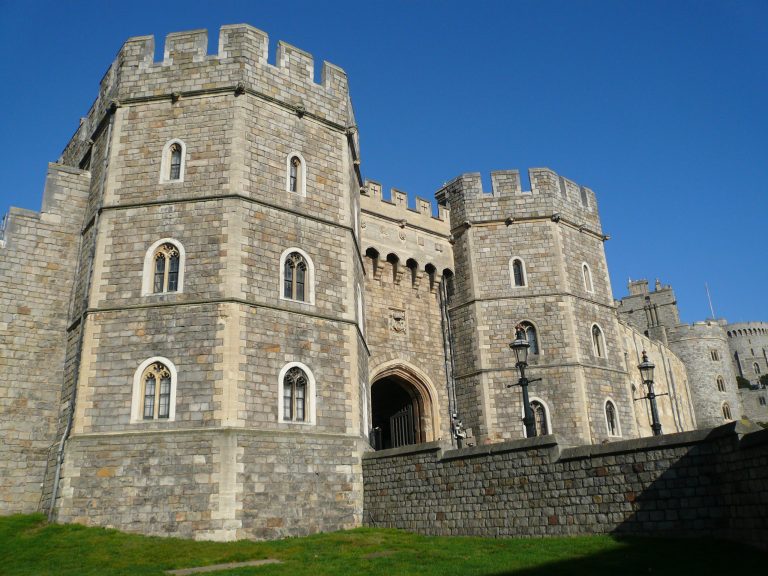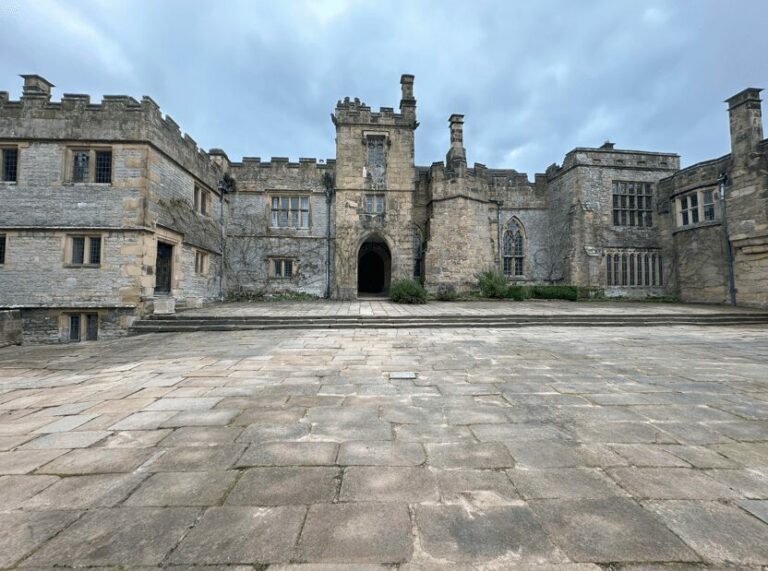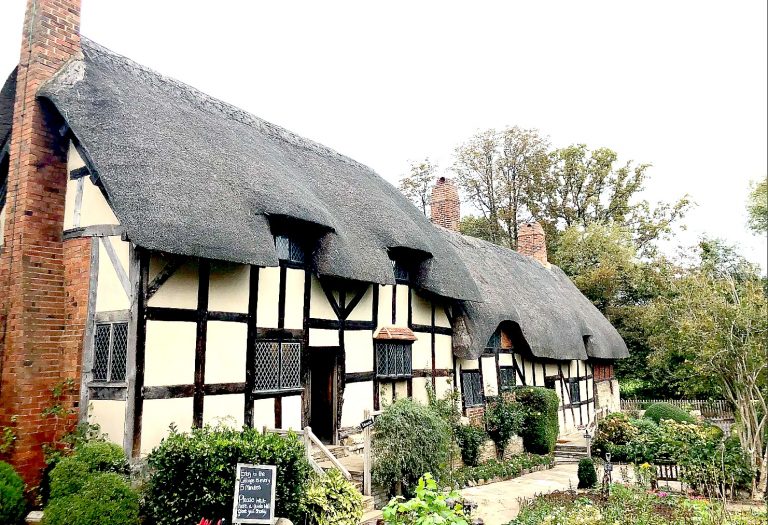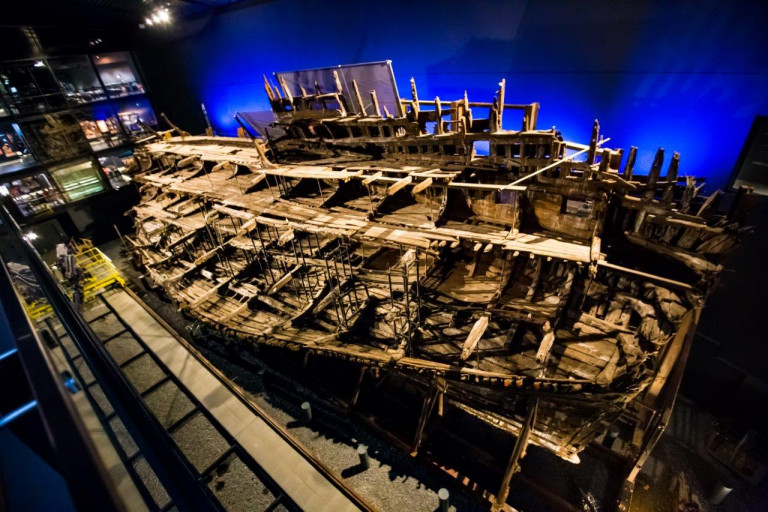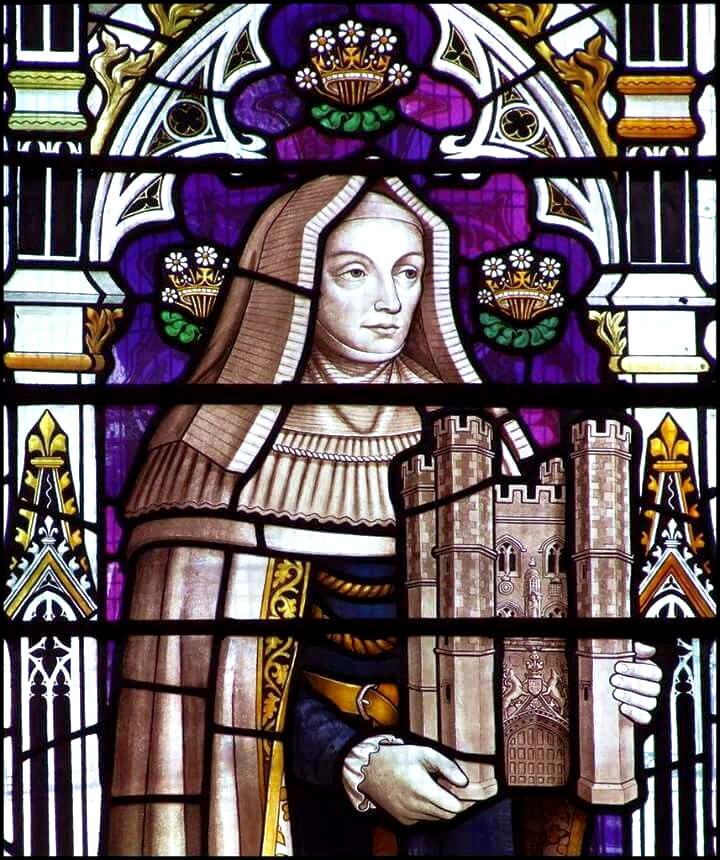Winchester Cathedral & Its Noble Tudor History
This is a show notes page accompanying my on-location podcast at Winchester Cathedral. You can read highlights of its Tudor history, access the podcast and enjoy images of some of the cathedral’s highlights via this page.
A Brief History of Winchester
Winchester is a historic city in the county of Hampshire in southern England. The area has been inhabited since prehistoric times, with some of its first settlers arriving around two thousand years ago. The Romans had a significant impact on the city’s development, establishing a fort which they called Venta Belgarum, and constructing a number of important buildings – some of which still survive today.
Later, during the Anglo-Saxon period, Winchester was the capital of the Kingdom of Wessex. The Anglo Saxons built the first minster at Winchester, the first stone building constructed since Roman times. In 676 AD, when the Bishop of Wessex moved his seat to Winchester, the minster became a cathedral.
After William the Conqueror invaded Britain in 1066, Winchester surrendered to him. He was crowned in Westminster Cathedral on Christmas Day that year, returning to Winchester for a second coronation. In 1078-9, the old minster was demolished, and a Norman cathedral was built in its place.
The Tudors and Winchester Cathedral
Winchester Cathedral is one of the largest cathedrals in Europe, with a total length of 170 metres (560 feet) and a nave height of 24 metres (79 feet). It is a magnificent example of medieval architecture and a testament to the skill and artistry of the craftsmen who built it.
During the Tudor period, the cathedral was the site of two significant royal events. The first was the marriage of Mary I of England and Philip of Spain in 1554. The second was the visit of King Henry VIII and Anne Boleyn during the summer of 1535. The royal couple stayed in and around Winchester for a couple of weeks as part of their summer progress. During this time, three of Anne’s reformist bishops were consecrated in the cathedral in a very public show of defiance against the Pope.
In this podcast, I’m joined by Aisha Al-Sadie, Learning and Heritage Officer at Winchester Cathedral. We tour this incredible building, stand in the same places these Tudor events unfolded and reimagine the past.
Everyone can access the first half of this podcast here. However, to listen to the full episode, you must become a member of The Tudor Travel Guide’s membership site: The Ultimate Guide to Exploring Tudor England. For more information on the membership and how to join the waitlist, click here.
Winchester Cathedral Gallery
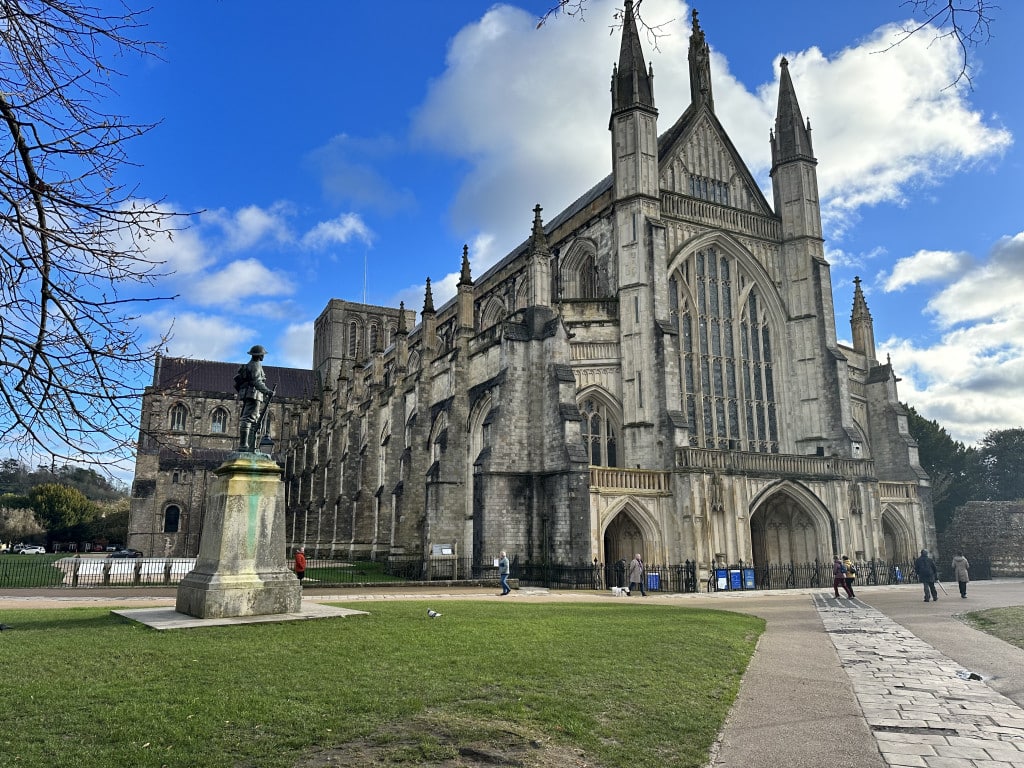
Winchester Cathedral
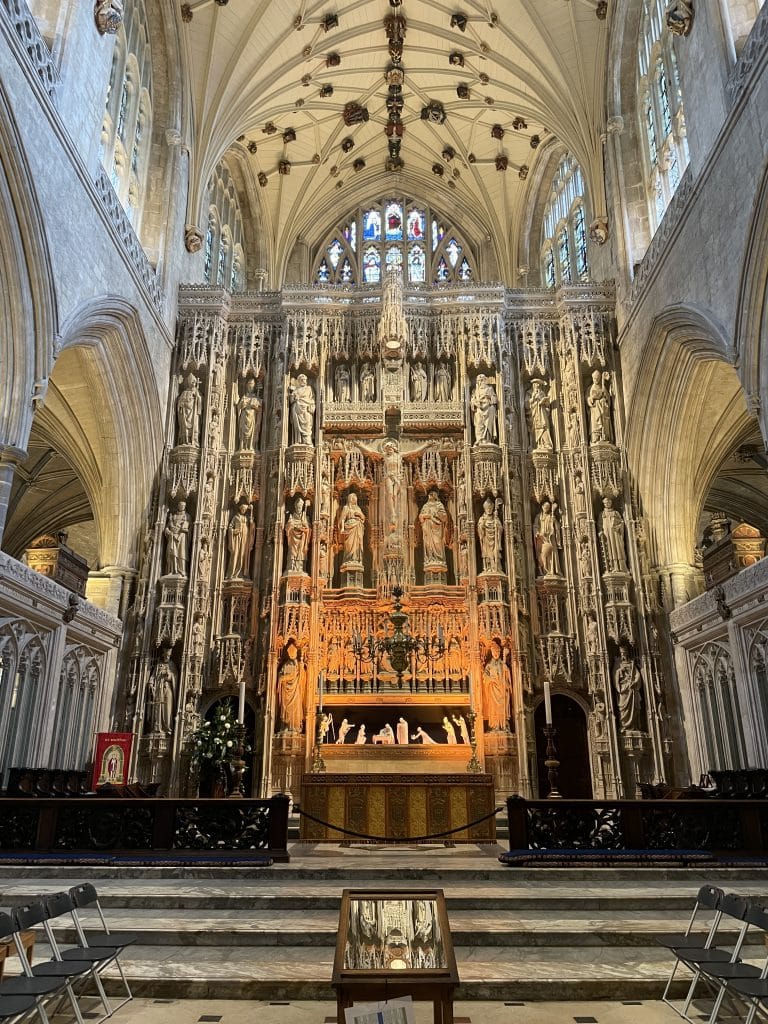
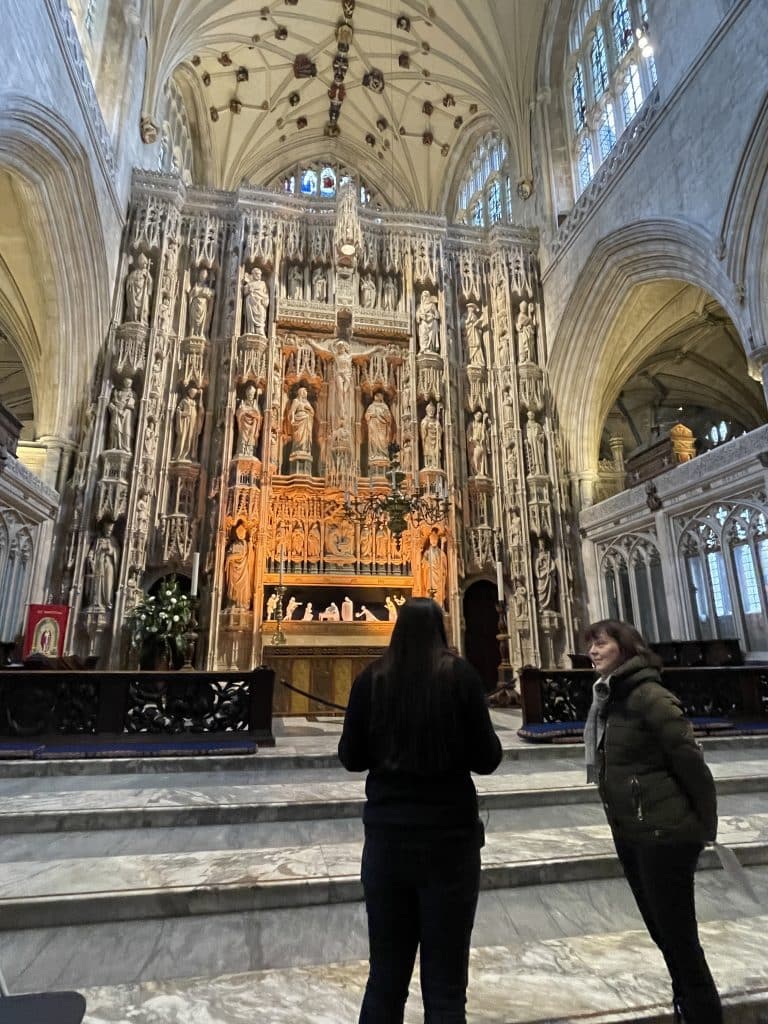
The High Altar
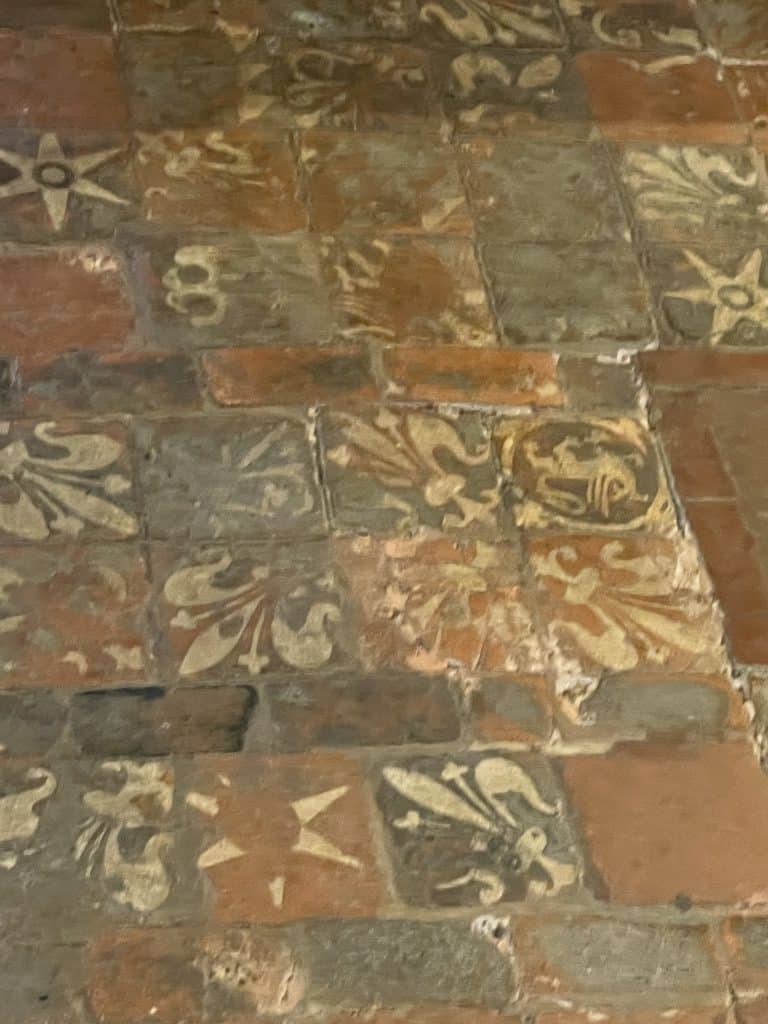
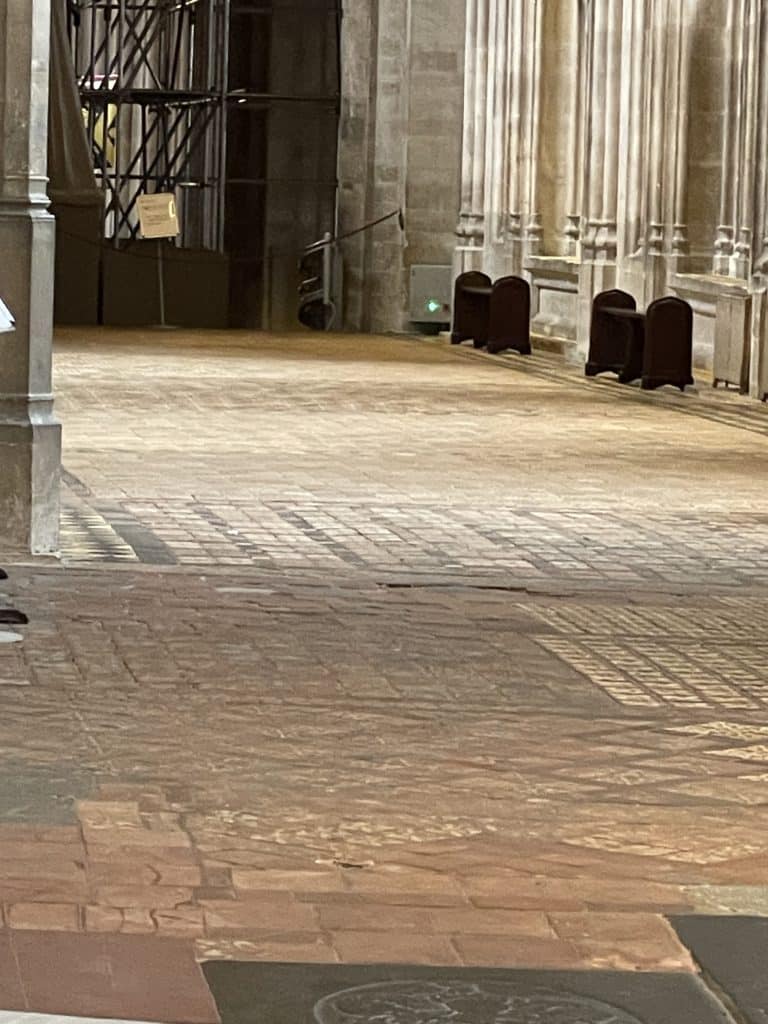
Thirteenth-century tiled floor behind the High Altar
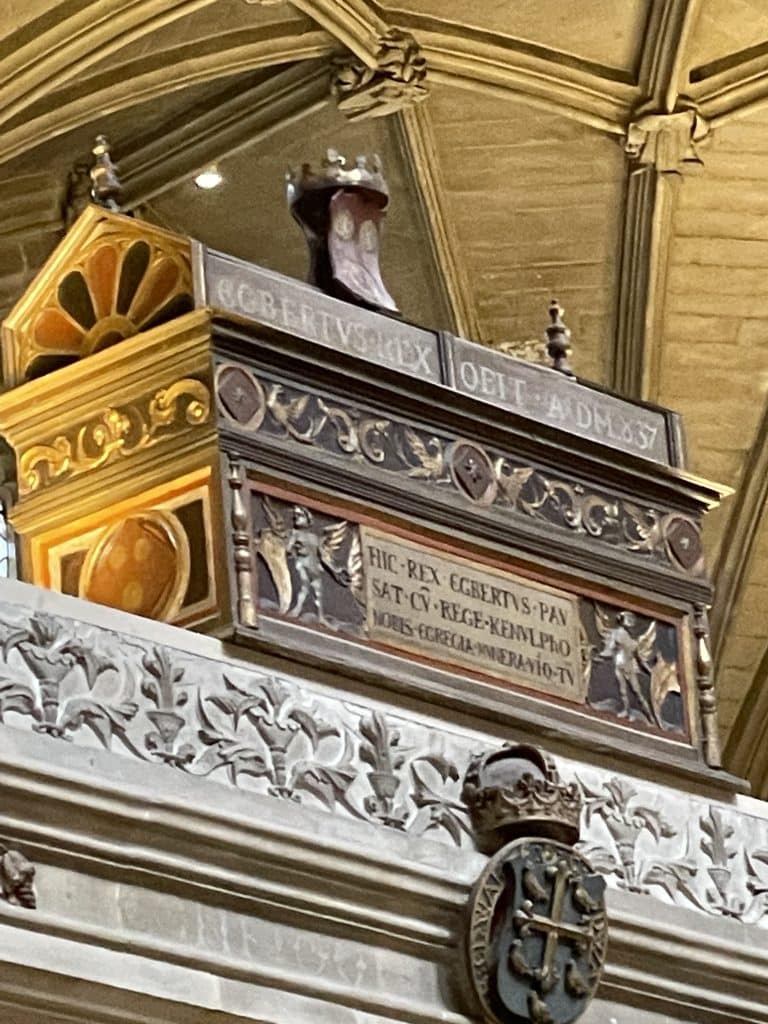
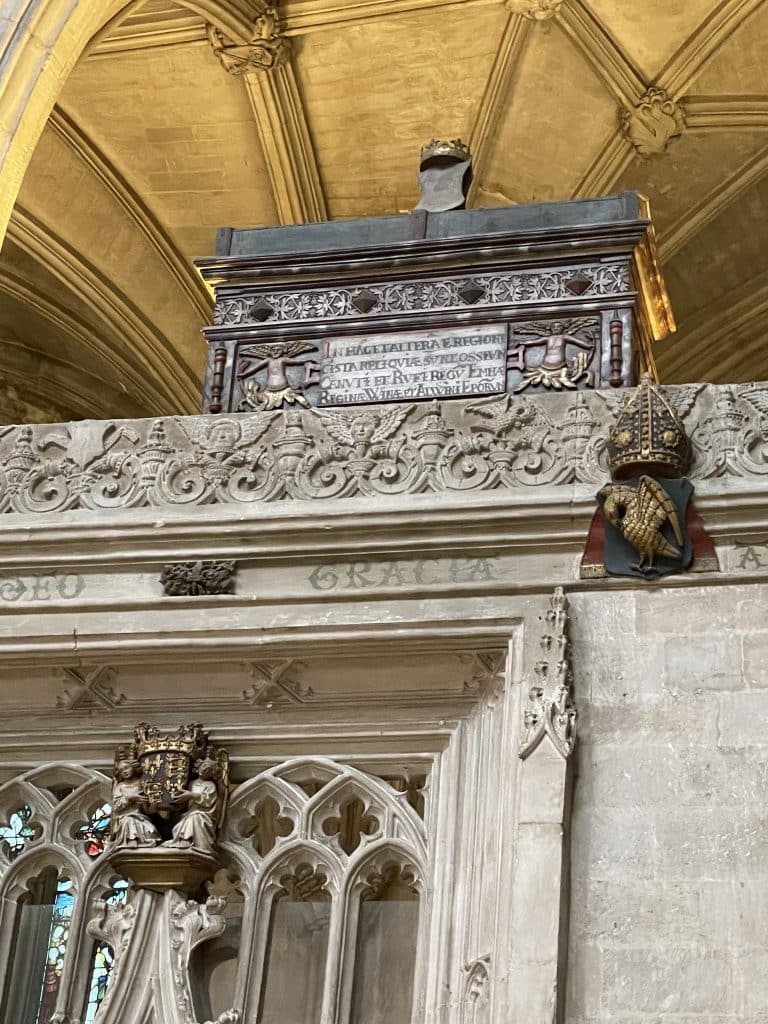
The Ossuary Chests containing bones of the Saxon Kings and Queens of Wessex
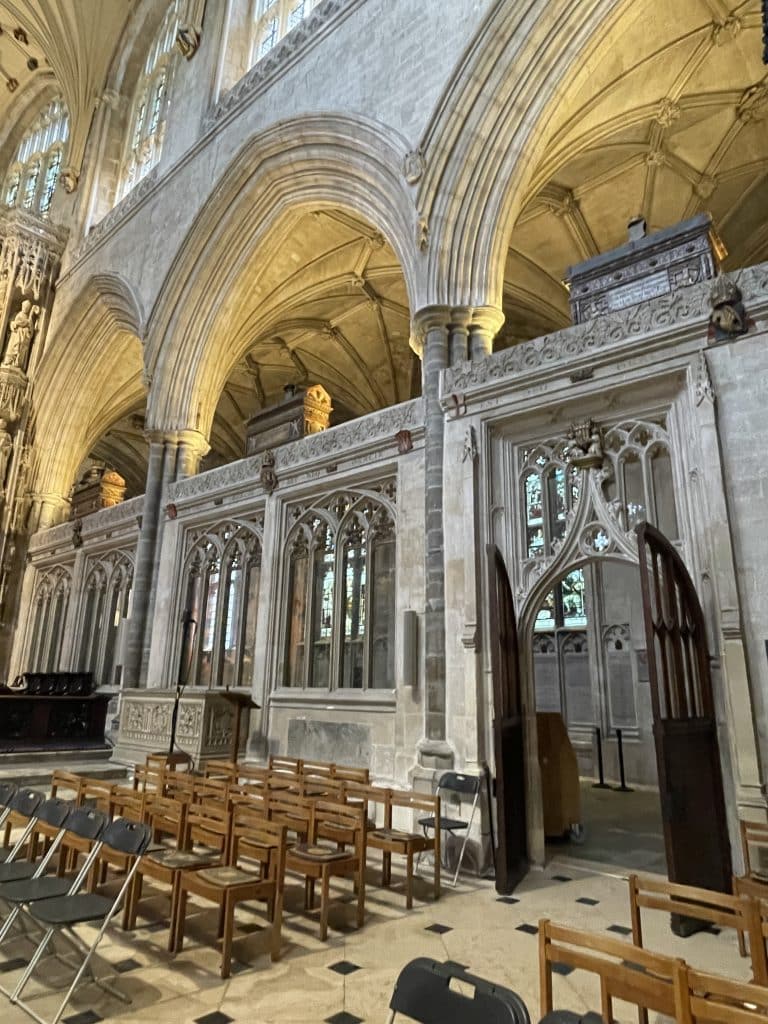
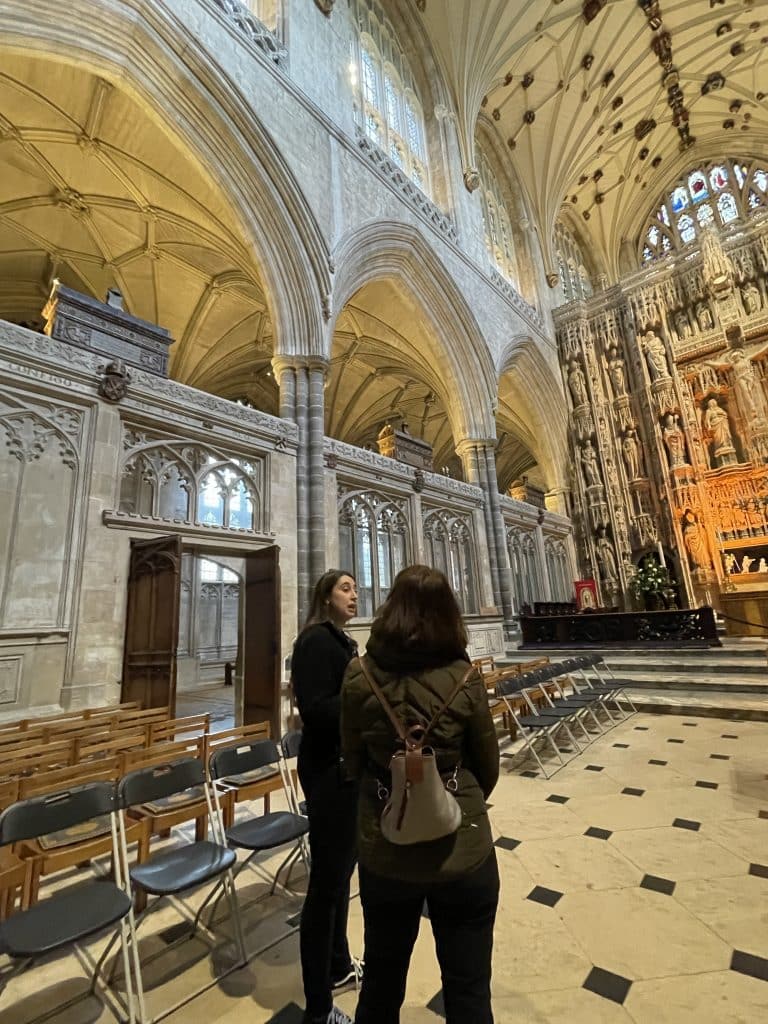
The Chancel
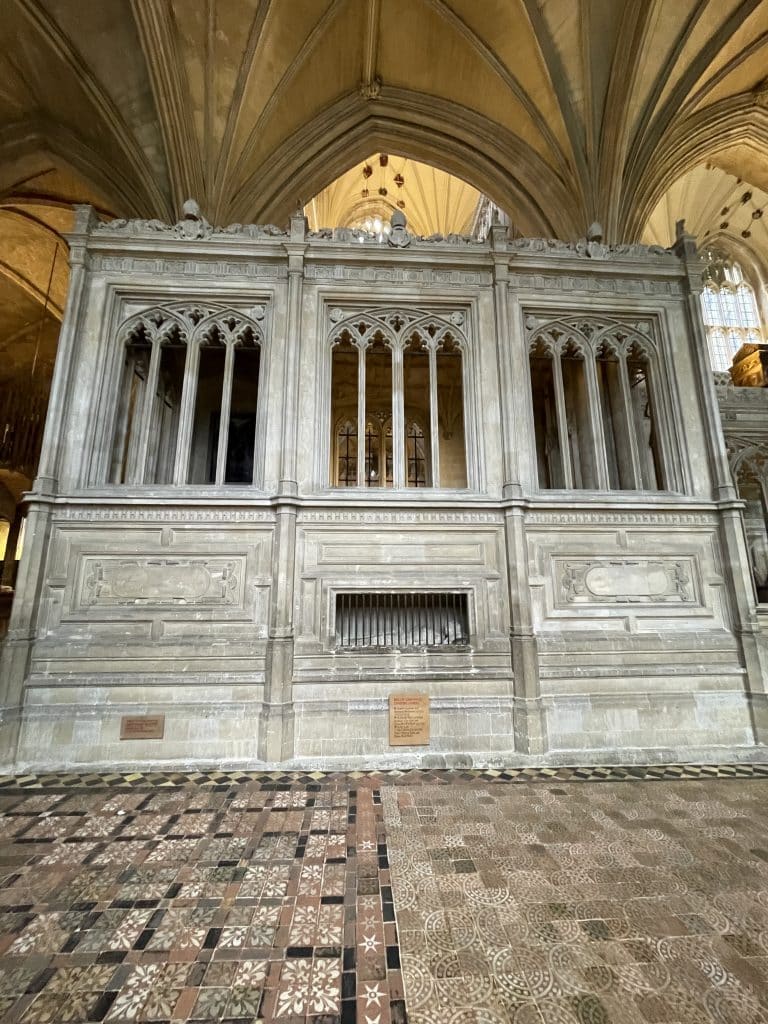
Bishop Stephen Gardiner’s Chantry Chapel
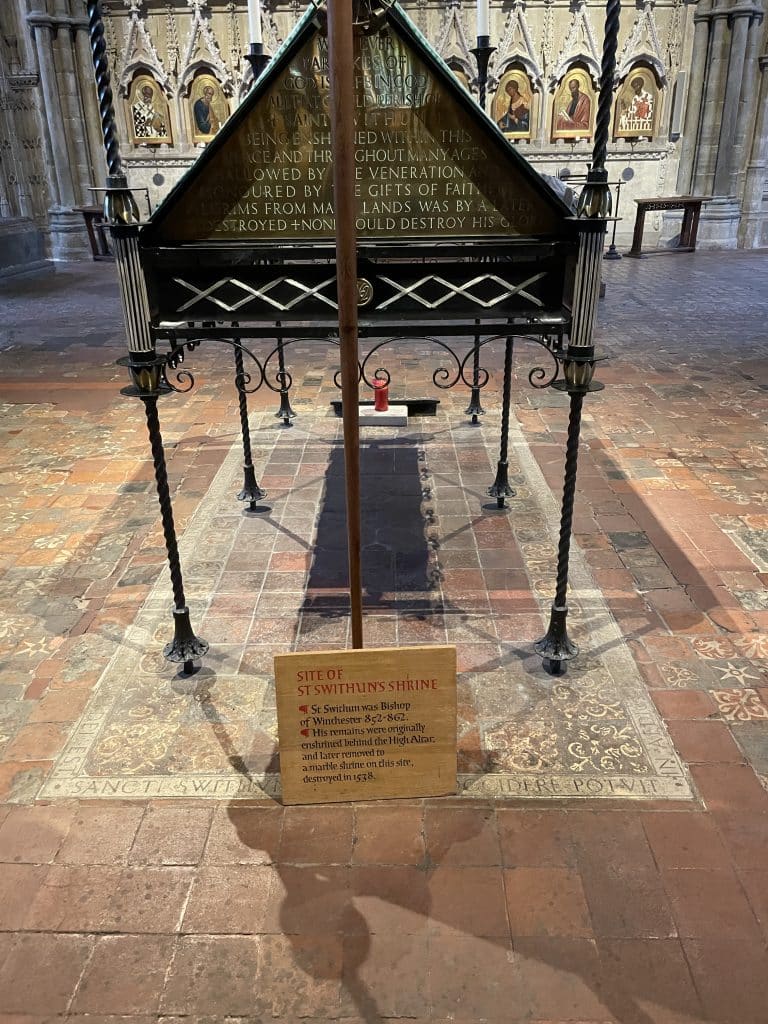
Site of St Swithun’s Shrine
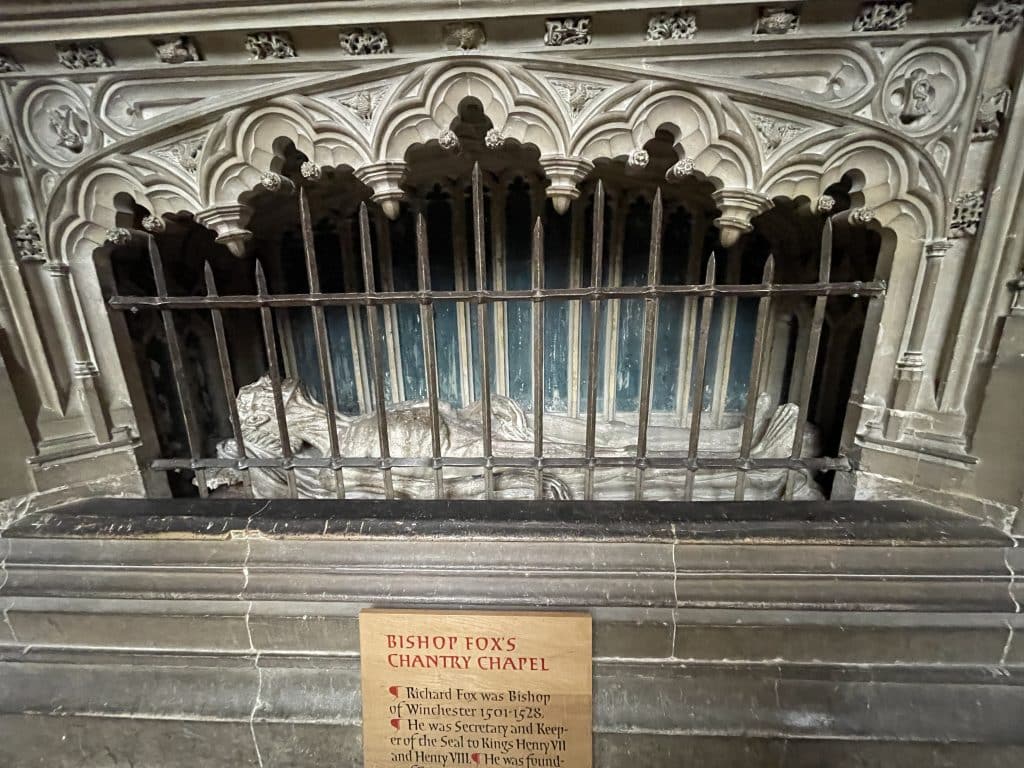
Bishop Fox’s Chantry Chapel
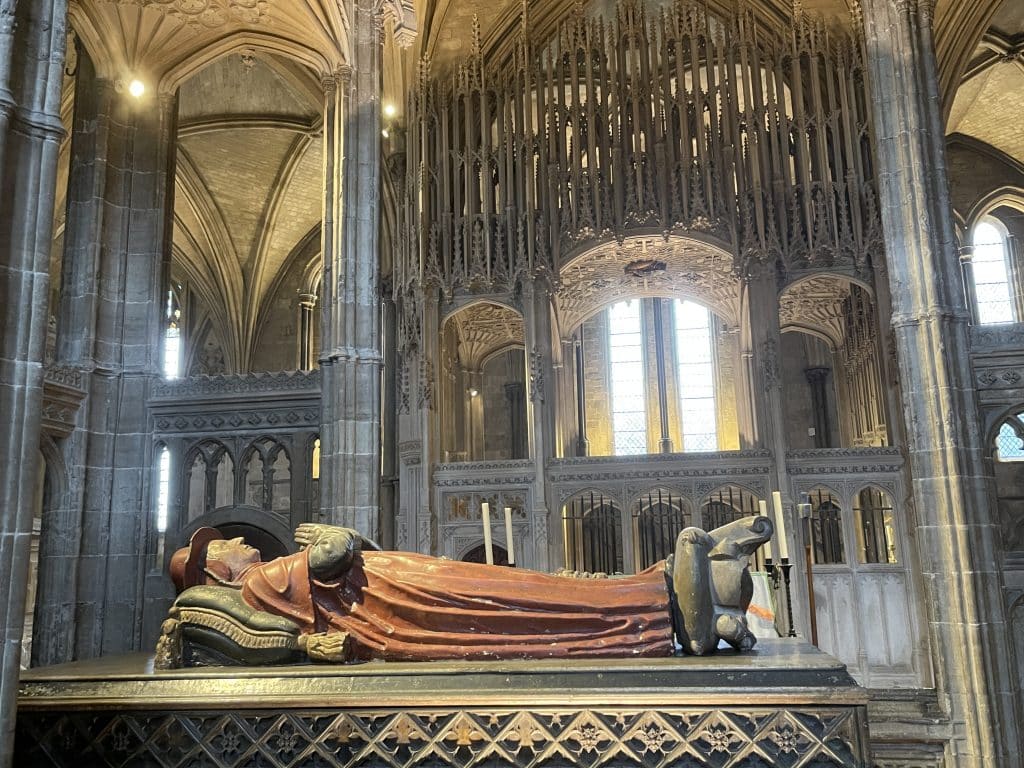
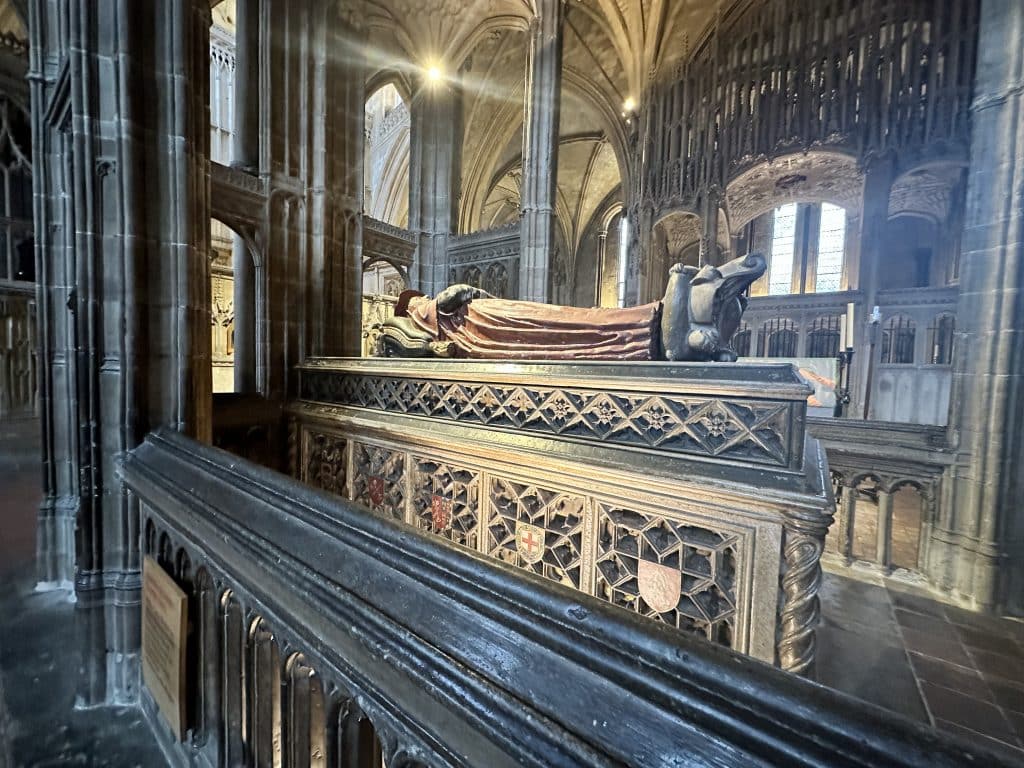
Cardinal Beaufort’s Chantry Chapel
Useful Links
If you have enjoyed touching the past through this blog, you can join my membership, The Ultimate Guide to Exploring Tudor England, which brings together all my best, most comprehensive content in one place: blogs, videos, live chat, progresses, maps, itineraries, travel information and podcasts.
Listen to the Mary Tudor series and see Aisha as Mary I here.
Visiting information for Winchester Cathedral is available here.

